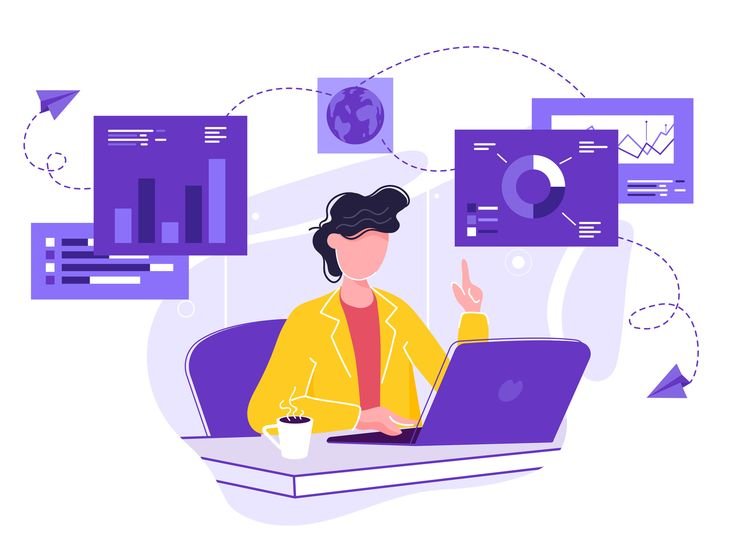Table of Content
Book Your Consultancy
Curious about how understanding your competitors can boost your business growth? Contact us for a tailored competitor study, and letʼs unlock new growth opportunities together!.
1. Introduction: A Global Giant Meets a Local Challenge
Netflix, the undisputed leader in global OTT space, built its reputation by transforming the way the world consumes content. With over 260 million subscribers globally as of Q4 2023 (Statista), the company seemed unstoppable. But when it expanded into India—a diverse, price-sensitive, and culturally distinct market—it faced an unexpected reality and global dominance doesn’t guarantee local success.
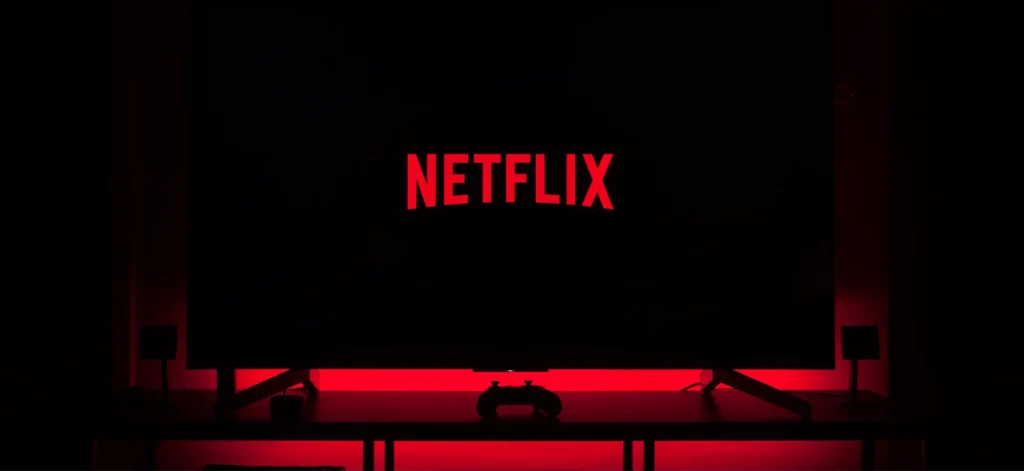
In India, Netflix initially struggled with poor penetration and high churn. Despite being a powerhouse elsewhere, its retention was suboptimal in the subcontinent due to several barriers like pricing mismatches, limited local content, and a market already saturated with affordable alternatives. However, the brand didn’t pull back. Instead, it pivoted. It evolved its business model and customer engagement approach, ultimately crafting a customer retention strategy worth emulating.
This blog dives deep into Netflix’s customer retention strategy in India, revealing powerful insights that businesses across industries can learn from. From the evolution of their approach to the tactics and data behind it, we break down how these strategies can be adapted and applied to strengthen retention and drive long-term growth in any business.
2. Why Netflix Initially Struggled in India
Despite its premium image and tech-enabled UX, Netflix failed to connect with Indian audiences early on. Let’s examine why.
2.1 Pricing Misalignment
Netflix launched in India with global pricing models: starting at ₹499/month ($6), with its highest tier at ₹649/month ($8). Meanwhile, competitors like Amazon Prime Video offered annual subscriptions at ₹149/month with bundled services (shopping, music). Disney+ Hotstar was available for free with advertisements or for ₹899/year.
According to Business Today, Netflix lost nearly a million subscribers between 2020 and 2021, largely due to high prices and lack of local content.
2.2 Cultural & Content Disconnect
Indian audiences have diverse language preferences. Netflix, initially focused on English and select Hindi content, lacked Tamil, Telugu, Malayalam, and regional stories that resonated with a majority of viewers.
2.3 Competitive OTT Ecosystem
India is one of the most OTT-rich countries globally, with 45+ platforms. Viewers had options, from free services like YouTube and MX Player to cheaper alternatives like ZEE5 and SonyLIV. Netflix’s global brand value wasn’t enough to retain Indian users who were used to local flavor and affordable plans.
2.4 Family-First Viewing Culture
Unlike the West’s individual consumption habit, Indian households prefer shared subscriptions. Netflix’s single-screen limitations clashed with Indian usage behavior.
These issues compounded into high churn and low customer lifetime value. Netflix realized it couldn’t rely on acquisition alone; retention was the battlefield.
3. The Power of Retention Over Acquisition
Globally, brands have started to realize that sustainable growth doesn’t come from viral customer acquisition, but from solid customer retention.
According to Harvard Business Review, acquiring a new customer is 5 to 25 times more expensive than retaining an existing one. Yet many Indian brands focus on front-loading marketing budgets on acquisition and ignore the back-end user journey.
Netflix’s India pivot is a textbook example of how re-engineering for retention can lead to long-term growth. Once they optimized for retention, the brand saw double-digit growth in Indian subscribers post-2022 (Financial Express).
3.1 Retention Metrics That Matter:
- Churn Rate: It measures the percentage of customers who stop using your product or service during a given time period.
- DAU/MAU Ratio (Stickiness Ratio): This metric shows how often users return to your platform. It compares Daily Active Users (DAU) to Monthly Active Users (MAU).
- Customer Lifetime Value (CLTV): It estimates the total revenue a single customer will generate over their relationship with your brand.
- Cost to Acquire Customer vs Customer Lifetime Value Ratio: This ratio compares what it costs to acquire a customer (CAC) to the value they provide over their lifetime (CLTV). A healthy balance here is key to profitability.
Retention metrics are not just vanity numbers—they’re vital sign monitors of your business. Netflix’s success in India was rooted in understanding and optimizing these metrics. You don’t need a billion-dollar budget to do the same. Start with what you have, track what matters, and keep iterating.
4. Inside Netflix’s Customer Retention Engine – 7 Strategies That Work
When it comes to keeping users glued to their screens, Netflix doesn’t just rely on great content—it relies on great strategy. Especially in a price-sensitive and diverse market like India, retaining subscribers is no easy feat. But Netflix cracked the code. From personalized recommendations to hyper-localized content, the OTT giant uses a powerful blend of technology, pricing, and experience design to reduce churn and boost lifetime value. In this section, we unpack the 7 core retention strategies that have helped Netflix stay ahead in the game—and how your business can adapt them too.
4.1 Localized Pricing Strategy:
In December 2021, Netflix reduced its subscription prices in India by 20–60%, introducing plans like the mobile-only plan at ₹149/month. This strategic move led to a 30% year-on-year increase in user engagement in Q1 2023 and a 24% revenue growth in 2022 compared to the previous year.

4.2 Investment in Regional Content
Recognizing the diverse linguistic landscape of India, Netflix significantly increased its investment in regional content. By producing and acquiring content in various Indian languages, Netflix aimed to cater to a broader audience, enhancing user engagement and satisfaction. While specific statistics on regional content investment are proprietary, the strategy aligns with the broader industry trend of localizing content to improve retention.
4.3 Personalized Recommendations
Netflix employs advanced algorithms to analyze user behavior and preferences, delivering personalized content recommendations. This personalization enhances user experience, encouraging prolonged engagement and reducing churn. While Netflix doesn’t publicly disclose specific metrics on personalization efficacy, industry studies suggest that personalized recommendations can significantly boost user retention.
4.4 Enhanced User Experience
Netflix continuously refines its user interface and streaming technology to ensure a seamless viewing experience. Features like adaptive streaming quality, user-friendly navigation, and minimal buffering contribute to higher user satisfaction and retention. Although specific data on UX improvements is limited, the emphasis on user experience is a critical component of Netflix’s customer retention strategy.
4.5 Flexible Subscription Models
Offering a range of subscription plans, including mobile-only and multi-device options, allows users to choose plans that best fit their needs and budgets. This flexibility has been instrumental in attracting and retaining a diverse user base in India. The success of these models is evident in the increased engagement and revenue growth reported by Netflix.
4.6 Strategic Partnerships
Netflix has formed partnerships with telecom providers and device manufacturers to bundle subscriptions with data plans and devices. These collaborations have expanded Netflix’s reach, making it more accessible to potential users and enhancing retention through integrated services. While specific partnership outcomes are confidential, such strategies are common in the industry to boost user acquisition and retention.
4.7 Data-Driven Content Strategy
Utilizing viewer data, Netflix identifies content preferences and trends to inform its content acquisition and production decisions. This data-driven approach ensures that the content library remains relevant and engaging, catering to the evolving tastes of the Indian audience. Although Netflix doesn’t release detailed data on this strategy, the consistent addition of popular and diverse content indicates its effectiveness.
These strategies collectively contribute to Netflix’s robust customer retention in the competitive Indian market. By focusing on localized pricing, regional content, personalization, user experience, flexible plans, strategic partnerships, and data-driven decisions, Netflix has enhanced its value proposition, leading to increased user engagement and revenue growth.
5. Psychology Behind Netflix’s Customer Retention Strategy— Why It Actually Works
Netflix’s Customer retention strategy success isn’t just built on binge-worthy content or slick User experiences—it’s engineered through psychological mastery. The streaming giant understands how human behavior works and bakes those principles into product design, content delivery, and engagement loops. Let’s break down the hidden psychology within the Netflix customer retention strategy:
5.1 The Zeigarnik Effect – We Crave Completion
Netflix leverages the Zeigarnik Effect—a psychological principle where people are more likely to remember and return to incomplete experiences. By ending episodes on cliffhangers and auto-playing the next, Netflix sustains viewer engagement through a built-in urge for closure. This fuels habit formation and long-term stickiness. For any business, the takeaway is clear: craft experiences that spark curiosity and encourage return visits—whether it’s through progressive onboarding, phased product reveals, or narrative-driven customer journeys that leave users wanting more.
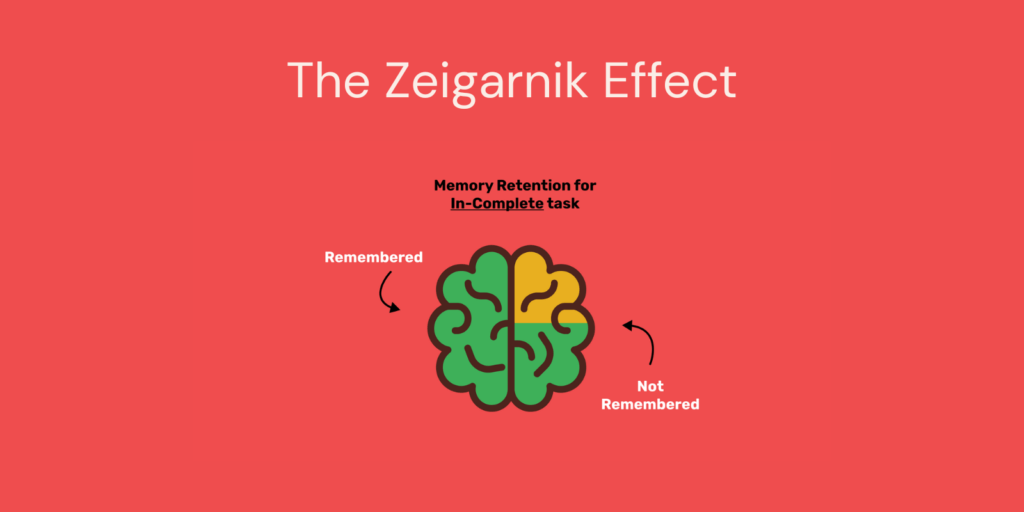
5.2 FOMO and Exclusivity
Netflix masterfully triggers FOMO (Fear of Missing Out) through time-sensitive content drops, trending lists, and exclusive premieres. These tactics create a sense of urgency and social relevance, nudging users to engage frequently so they don’t feel left behind. For any brand, this strategy is highly replicable—introduce countdowns for limited-time offers, roll out features to select users first, or spotlight real-time customer activity. These subtle psychological cues can significantly enhance engagement and retention across industries.
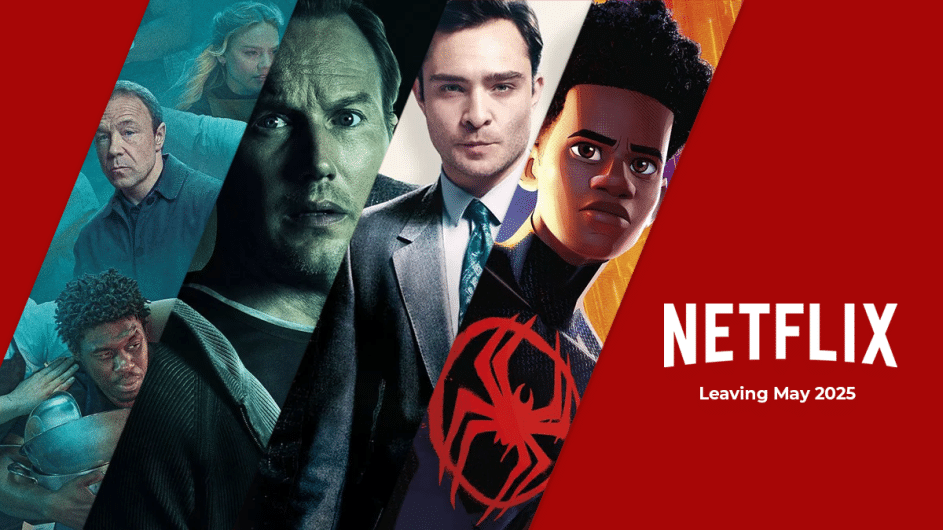
5.3 The Hook Model
Netflix’s customer retention strategy mirrors Nir Eyal’s Hook Model. A push notification (trigger) leads to app browsing (action), followed by fresh recommendations (variable reward), and personalized content (investment). Each loop deepens user engagement. For other businesses, integrating habit loops—via personalized dashboards, smart nudges, or loyalty points—can drive similar stickiness and user commitment.
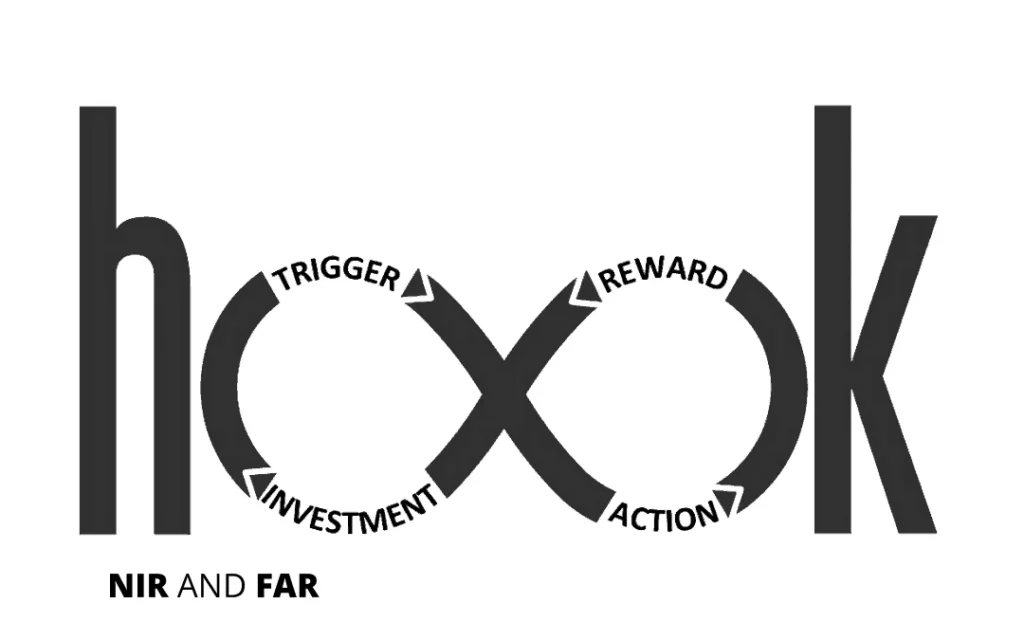
5.4 Binge Culture & Temporal Distortion
Netflix redefined content consumption by normalizing binge-watching—leveraging features like auto-play and gentle prompts (“Are you still watching?”) to extend engagement without overwhelming the viewer. It strikes a balance between sustaining momentum and respecting user limits. For brands across sectors, this offers a valuable playbook: design your offerings as progressive experiences, whether it’s breaking down services into weekly modules, themed journeys, or milestone-based progressions. This approach nurtures habit formation and keeps customers consistently engaged over time.
5.5 Emotional Anchoring through Original Content
Netflix builds deep emotional bonds through original shows like Delhi Crime or Money Heist, which reflect personal identity, values, or aspirations. This creates emotional anchoring, where content becomes part of the user’s lifestyle. Brands can apply this by using storytelling that aligns with customer values—turning transactions into rituals and products into identity symbols.
6. What Founders & Marketers Miss About Retention
Retention is the cornerstone of sustainable growth. Yet, too many founders and marketers treat it as an afterthought—something to tack on later in the customer journey. Netflix, however, flips the script. Instead of chasing short-term attention or relying on discounts, it focuses on building long-term affinity. It integrates customer retention seamlessly into its DNA, from personalized experiences to seamless UI design. Let’s explore the core retention strategies Netflix leverages and how your brand can do the same.
6.1 Retention Isn’t a Feature. It’s a Mindset.
Many startups view retention as a specific feature—a CRM tool, automated emails, or WhatsApp campaigns. But Netflix doesn’t see retention as a bolt-on feature. It’s ingrained in every part of its business. From the moment a user signs up, Netflix’s onboarding, user interface (UI), pricing structure, and customer support are all designed to foster long-term engagement. It’s about ensuring that every touchpoint delights and keeps users engaged.
6.2 Segmentation That Moves
Netflix is brilliant at segmentation, but not just based on demographics like age, gender, or geography. Instead, it analyzes users’ engagement behavior. A user who watches romantic comedies on the weekends gets a completely different experience than a weekday binge-watcher. Netflix’s secret lies in micro-segmentation—tailoring the experience to individuals, making every recommendation, notification, and interaction highly relevant.
6.3 User Experiences > Discounts
Netflix never relies on discounts to retain customers. Instead, it prioritizes user experience (UX). Whether it’s seamless streaming, a clean interface, or lag-free playback, Netflix focuses on delivering a high-quality product that feels effortless. This UX-centric approach retains customers more effectively than any 50% off coupon ever could. The experience is the reward.
6.4 Invisible Innovation
Netflix regularly updates its platform and enhances its algorithms without ever disrupting the user experience. When changes occur, users don’t feel overwhelmed by the technicalities. The improvements are subtle, but they make a significant impact on the experience. While other companies often announce every new feature with fanfare, Netflix makes improvements behind the scenes, allowing users to enjoy the results without distraction.
6.5 Customer Love > Customer Loyalty
Netflix isn’t just about keeping customers, it’s about creating emotional equity. Instead of focusing purely on customer loyalty (which is often based on transactional rewards), Netflix invests in making users feel emotionally connected to their content. It taps into the “why” behind users’ viewing habits—creating an emotional bond that keeps them coming back, not because of points or rewards, but because they feel connected.
7. Conclusion: Emulating Netflix’s Customer Retention Mastery
Netflix’s journey in India offers invaluable lessons for any brand seeking sustainable growth. Its ability to adapt its strategy to local needs, prioritize long-term customer retention over short-term acquisition, and deeply integrate customer psychology into its business model set it apart in a highly competitive market. From implementing localized pricing and investing in regional content to leveraging data-driven insights and seamless user experiences, Netflix demonstrates that retention is more than just a metric—it’s a mindset.
For any business aiming for long-term success, the lesson is clear: customer retention must be woven into every stage of the journey—from the very first touchpoint to sustained engagement over time. Building a deep understanding of your audience, personalizing interactions, and creating emotional resonance are essential to earning lasting loyalty. By drawing inspiration from Netflix’s retention strategy and focusing on delivering seamless, value-driven experiences, businesses can minimize churn, increase lifetime value, and unlock sustainable, scalable growth.

